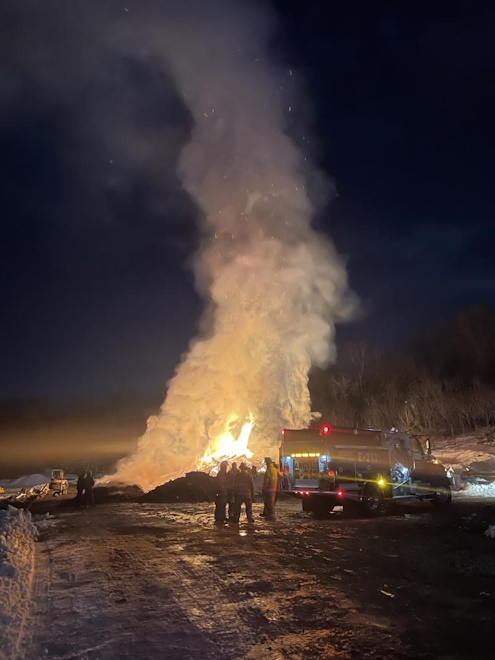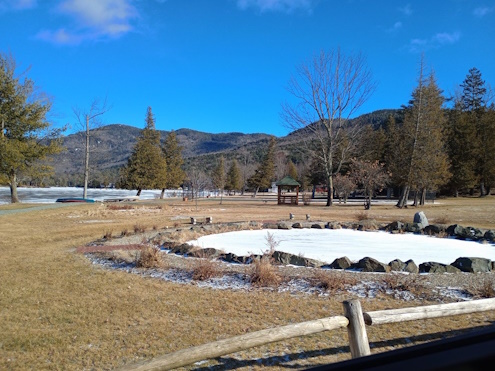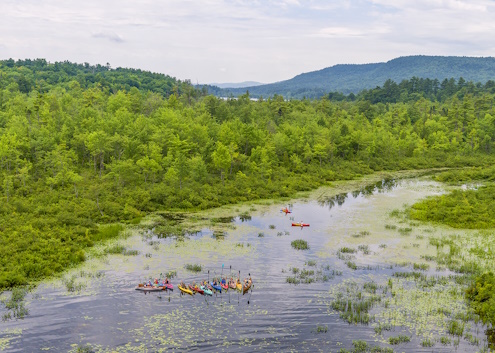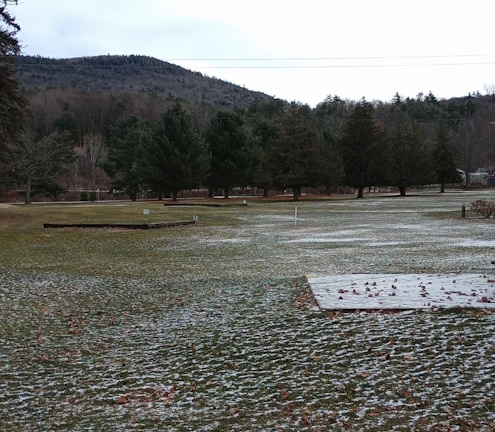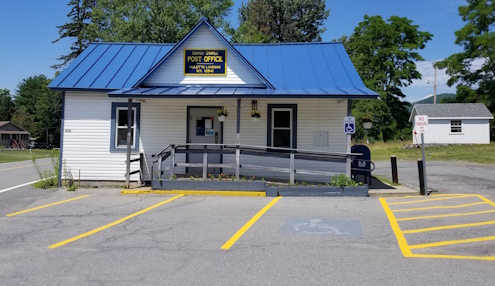
The Huletts Landing Post Office as seen on July 4, 2024.
There has been a lot of discussion about reported potential changes at the United States Postal Service in the news.
It is important to keep in mind that more than any other agency, changes in the Postal Service are the most difficult. The USPS is the only agency mentioned in the US Constitution. Also, the USPS is the largest employer in the country. Unwinding it and making major transformations would be a massive undertaking that could not be accomplished in a few months. Additionally, whoever is in charge of delivering mail will need facilities to handle and distribute that mail.
The biggest cost for the USPS is labor costs and that would be the focus of any cost cutting moves. Rents on post office buildings are a small piece of the USPS budget, and therefore of less interest.
There has also been discussion of UPS, Amazon and Fed Ex taking over for the USPS because of how the mail has changed in recent years. However, none of those organizations will want to deliver six days a week to every address in the country. It is unlikely that Congress will accept that because of pressure from constituents. I will work diligently to inform everyone about the USPS as news happens.

